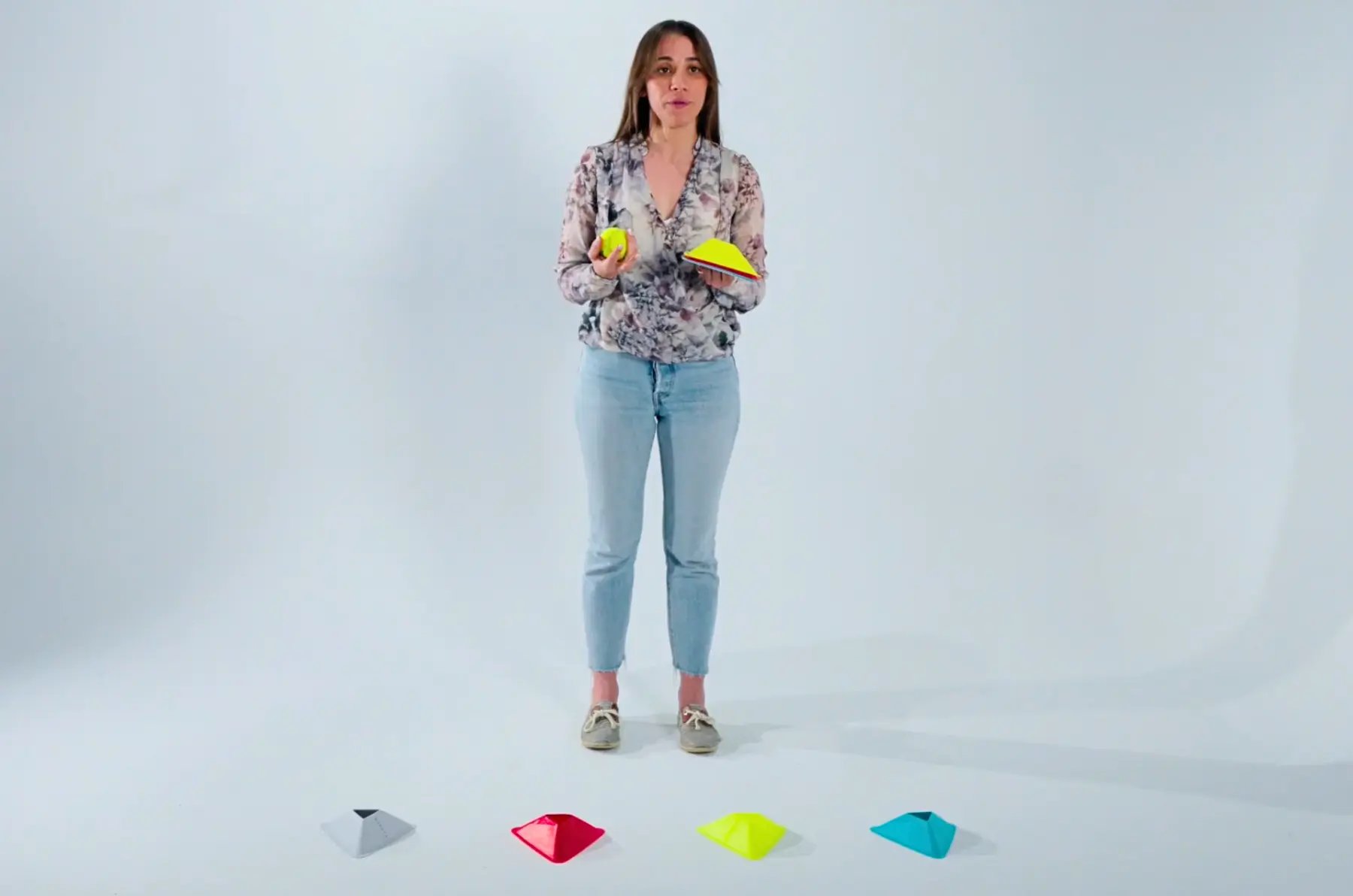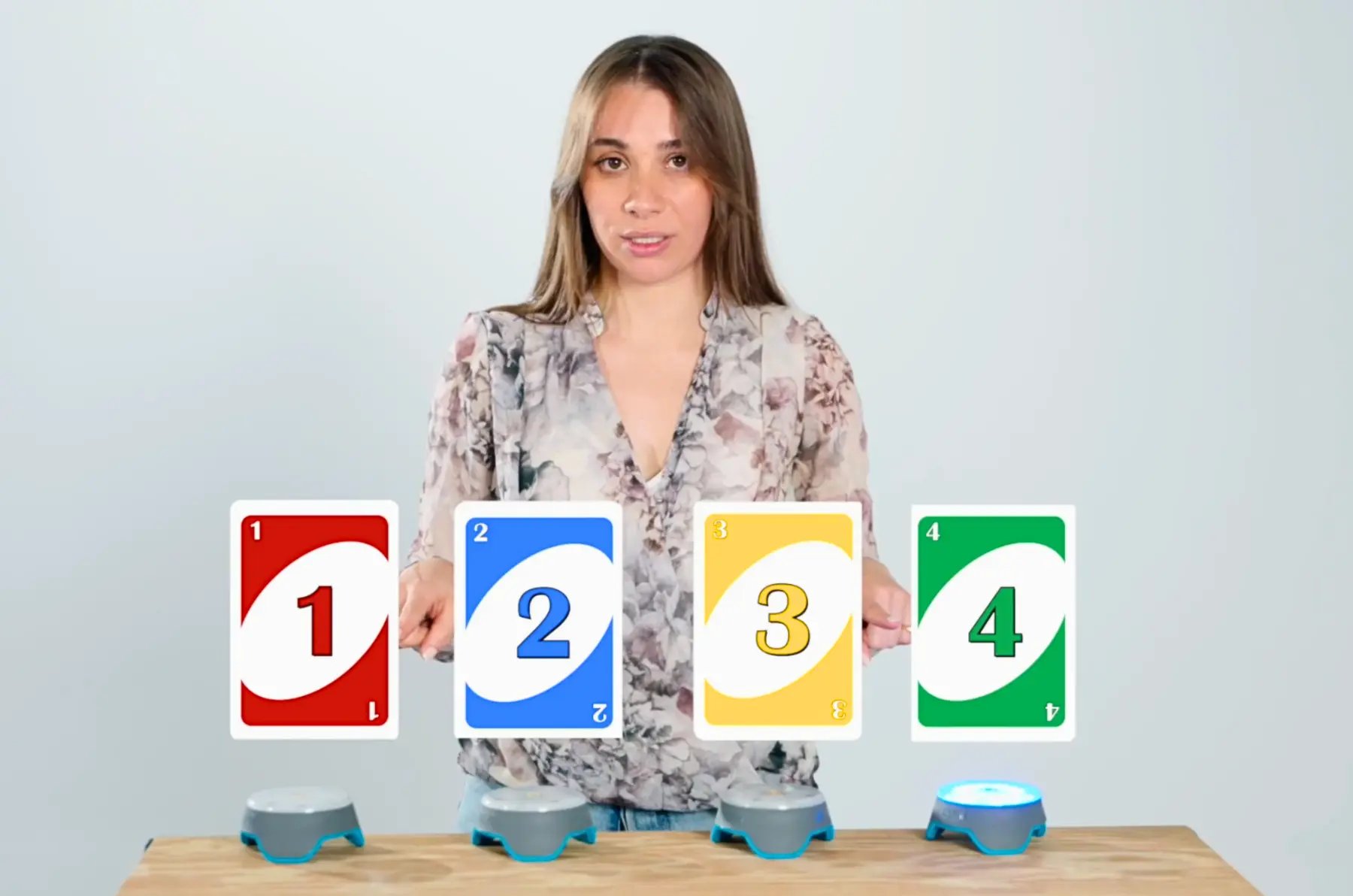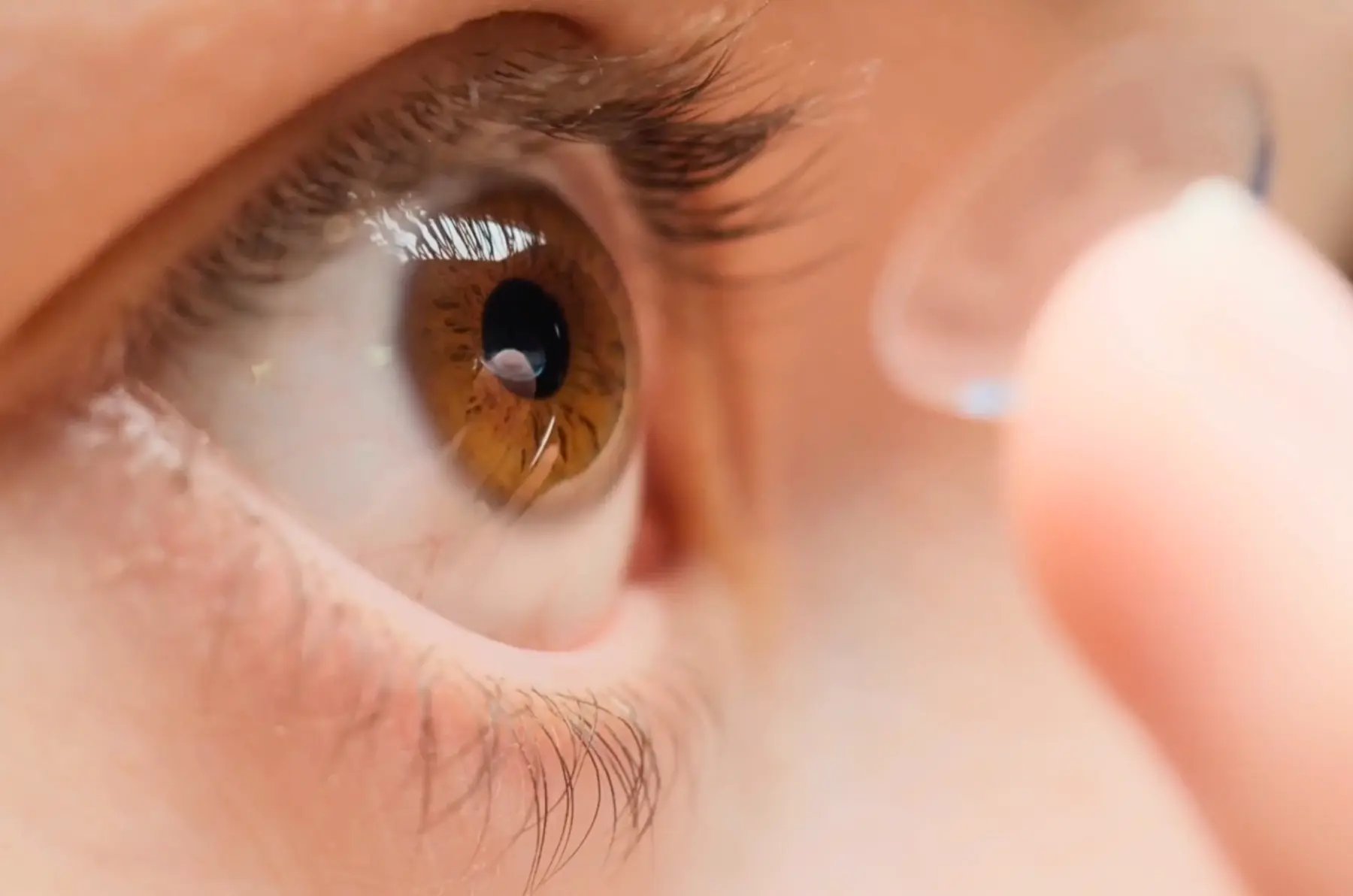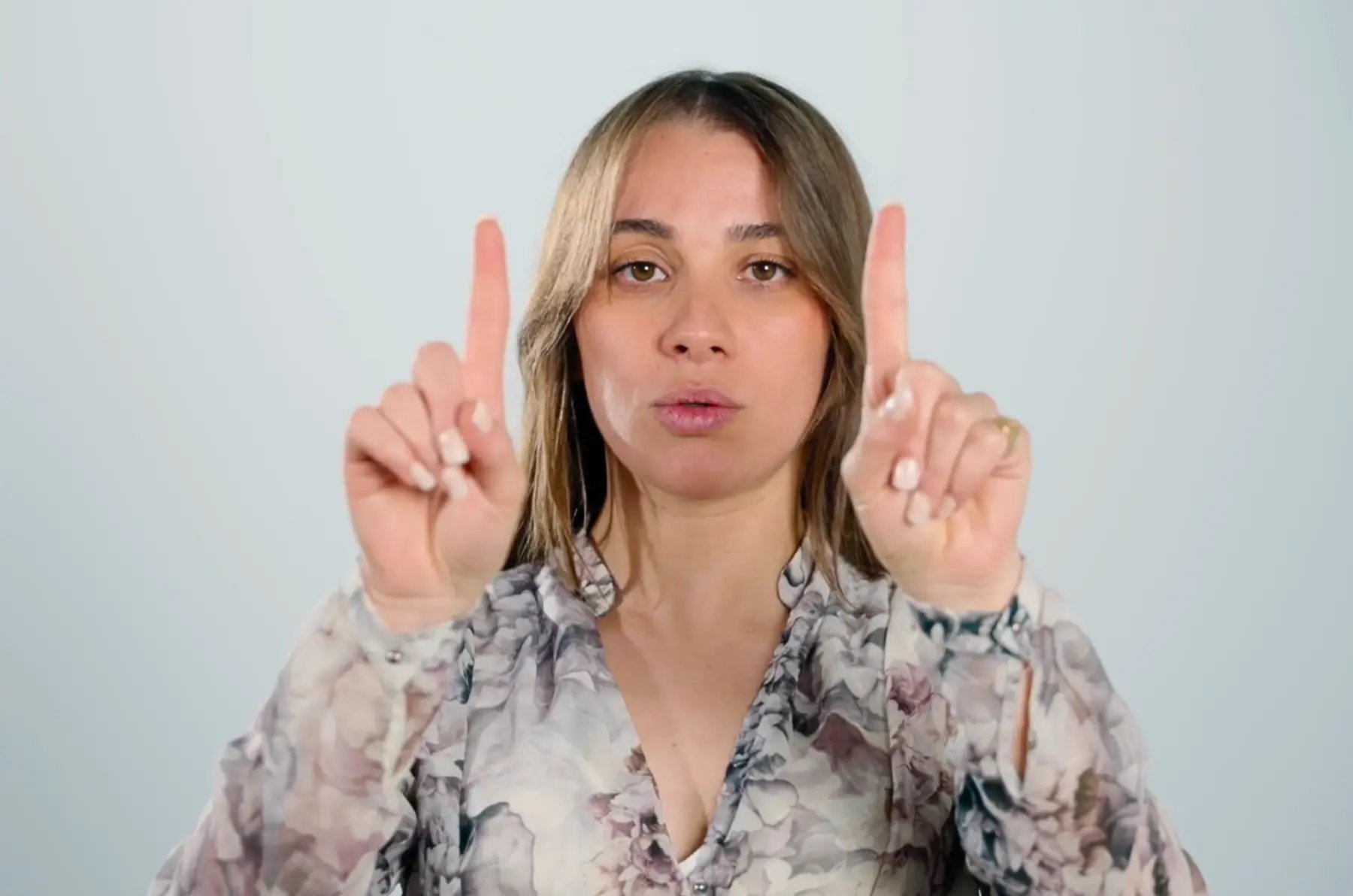The Dominant Eye in Tennis: Role, Impact & Binocular Training Strategies
Explore how ocular dominance affects tennis performance and posture. Learn why binocular training matters, how to test dominance correctly, and warm-up drills pros use for sharper vision.
More from Angela Ragaigne
7 videos0hr 23min
More from Neuro-Vision & Court Awareness






